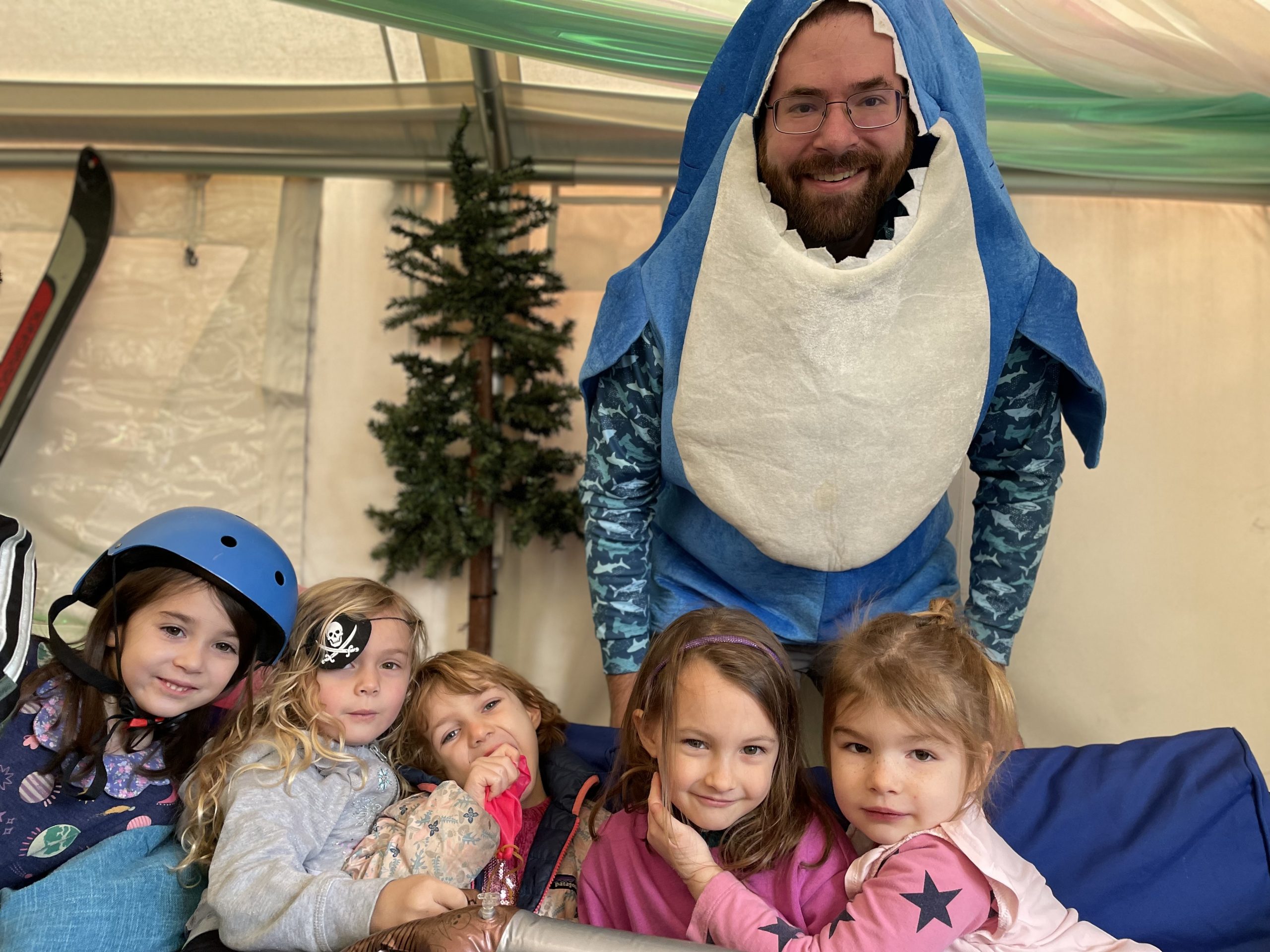Every scientist I work with spends most of the day communicating, whether that’s preparing grants, manuscripts, theses, outreach talks, emails to colleagues/students… the list goes on. However, most of these outlets share fairly strict formatting rules. Grants comes with pages of guidelines. Talks have defined who I am, what I did, found, next, thank you slide. While this sterile approach is arguably fundamental to science’s critical tenant of replication, it makes for terrible communication.
Take a second to remember your favourite conference talk. Was it the one that absolutely stuck the landing on slide formatting? No. It was the talk that spoke about the precariousness of the project, overcoming failures of the method, and it was accompanied by science, too. The talk that you remember is the talk that expressed the most… *breaths in Brene Brown* vulnerability.
“Maybe stories are just data with a soul.”
Brene Brown
The way science is communicated was created and selected in the environment of academia, but in any other setting, science needs the adaptation of vulnerability to survive. This lack of vulnerability is exactly why most people have trouble connecting to science, and no one stands a chance at understanding something they can’t connect with.
In my opinion, the best vulnerability stories are in the slide and section of your paper that is the often overlooked and terse – the methods. How we collect data follows a natural story arc and is often the most human/relatable piece of the research. You have a dilemma (the question), a rising action (antagonists of broken down engines, lightning strikes, bad pipettes, etc. were encountered and then defeated), a climax (DATA!), and the falling action of linking to results. Your methods story will bring your audience along for the ride, and they will have a deeper connection to your data/results because of it.
Give it a try! I would love to know how it works for you.
TLDR: Try making your next talk, tweet, instagram post, etc. center on the vulnerability of methods in data collection, and I guarantee your audience will have a better understanding of your work.
